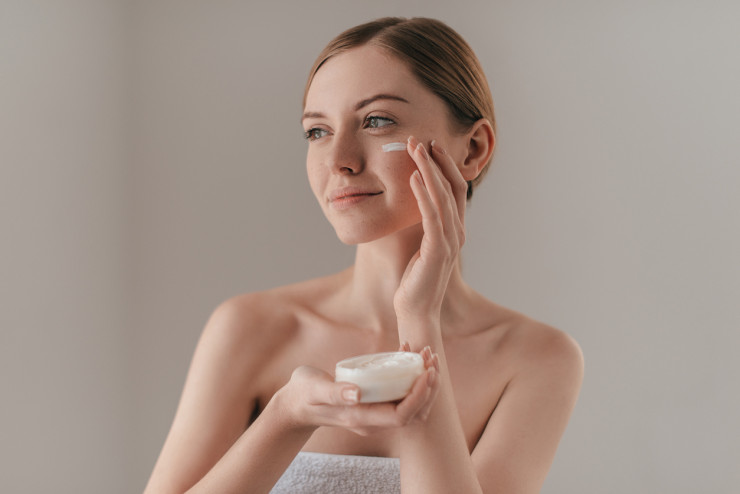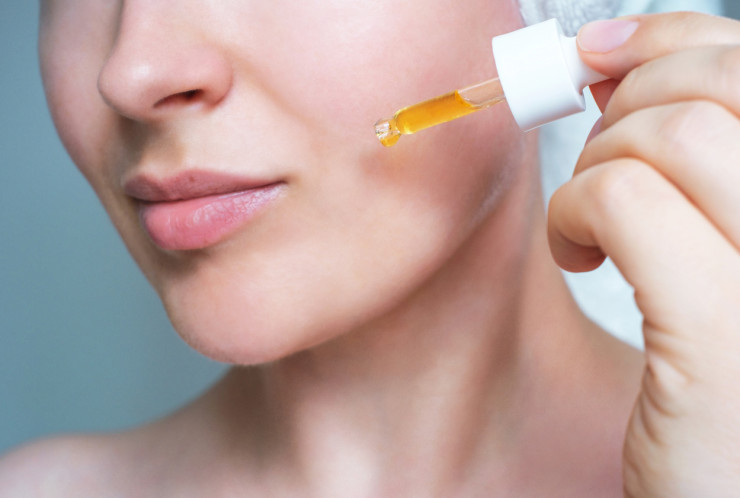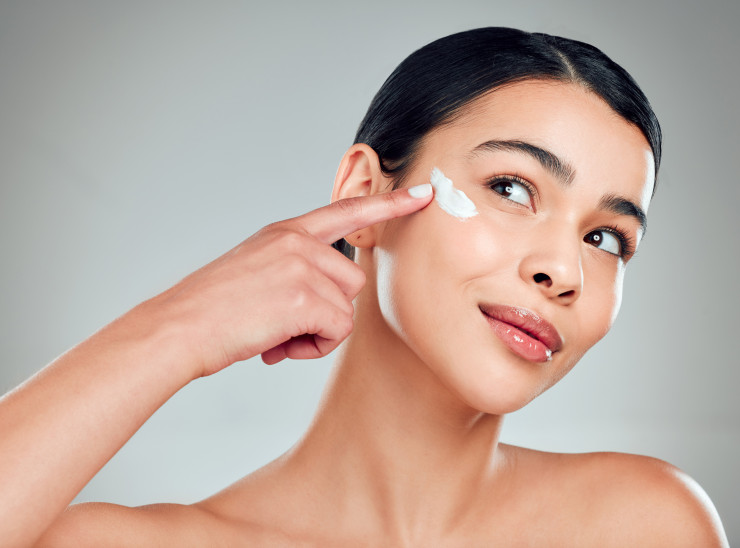9 Recommendations to Protect and Preserve Skin Collagen
9 Recommendations to Protect and Preserve Skin Collagen
When you reach your 20s, the surface of the skin begins to lose collagen at about 1% per year. Collagen, as dermatologists explain, is a common protein that forms the building blocks of skin, hair, nails, and connective tissue, providing structure, elasticity, and strength.
However, as we age, the body’s natural collagen production decreases. Exposure to UV rays, pollution, smoking, and poor diet can lead to the degradation of proteins, resulting in less firm and elastic skin, with wrinkles, fine lines, and sagging. Once damaged or lost, collagen can be difficult to replenish, so preserving it helps keep skin youthful and healthy.
1. Use a Collagen Moisturizer
Dermatologists share that using a collagen moisturizer can help hydrate and repair damage to the skin barrier, but it’s essential to look for the right product. Collagen is a very large molecule and does not penetrate the deeper layers of the skin. There are some theories that applying it to the skin may help the body build collagen. Since the protein supports the skin and aids in elasticity, it is important to maintain a healthy balance between collagen building and preventing its breakdown.

Photo: iStock
Preventing collagen degradation is crucial here. Since the efficacy of protein stimulation with topical creams is unknown, look for collagen moisturizers that support and protect the skin’s reserves, rather than products that claim to provide new collagen through topical application.
2. Invest in Microneedling
Microneedling is a well-known collagen-stimulating treatment that creates micro-injuries in the skin. These wounds stimulate the body’s natural healing process, boosting collagen and elastin production as a byproduct. The procedure also improves skin texture, reduces wrinkles, and minimizes scars. Results typically appear a few weeks after treatment, with continued improvement over the following months as collagen production increases. Experts recommend multiple treatments and maintenance sessions to reap all the benefits of microneedling.
3. Include a Retinoid in Your Routine
Retinoids are derivatives of vitamin A converted into retinoic acid for use in topical and oral skin treatments. When applied topically, they stimulate collagen production and support skin cell renewal. This helps protect existing collagen and promotes new collagen fibers. Dermatologists prefer retinoids over retinol because they are active, while retinol must be converted into a retinoid to become effective.

Photo: iStock
While experts advocate for retinoids, our advice is to first try over-the-counter creams or serums with bakuchiol, a gentle plant-based ingredient considered an alternative to retinol.
4. Get a Laser Treatment
Laser treatment performed by a professional can significantly improve the quality and levels of collagen in the skin. Dermatologists love the procedure because it stimulates protein production while improving texture and tone. Fractional and non-ablative lasers can be safe for all skin types, but it’s essential to consult an experienced professional to find the best treatment for your skin type and tone.
5. Research Radiofrequency Treatments
Radiofrequency treatments rely on energy applied deep into the skin to heat it and stimulate collagen and elastin production. The skin becomes firmer, tighter, and smoother, with fewer lines and wrinkles and less sagging in response to treatment. This procedure provides effective and visible results with minimal downtime while improving the overall appearance and health of the skin.
6. Use Vitamin C
Incorporating antioxidant vitamin C into your daily skincare routine can make all the difference when it comes to preserving collagen. It is a cofactor in collagen production, and its topical application should aid in the protein-building process. Vitamin C also helps protect the skin from free radicals that damage collagen (and elastin) levels while reducing fine lines, wrinkles, and dark spots. Like most other skincare ingredients, it takes about three months to take effect.
7. Try a Chemical Peel
Chemical peels are often praised for their skin-smoothing and toning benefits. But honestly, they also offer collagen-related benefits. Alpha-hydroxy acid (AHA) chemical peels containing glycolic or lactic acid exfoliate the skin and promote skin cell renewal, protecting collagen and stimulating new production.
8. Use Sunscreen
One of the easiest ways to preserve collagen is to use sunscreen every day. Sunscreen is crucial for youthful, beautiful skin, as UV radiation is one of the main culprits behind collagen degradation. Use a broad-spectrum product with SPF 30 or higher on your face for maximum protection against UVA and UVB rays.

Photo: iStock
Look for ingredients like zinc oxide and titanium dioxide for physical protection, and antioxidants like vitamin E and niacinamide for additional skin and collagen benefits.
9. Consider Your Diet
Collagen is a protein, so it’s essential to follow an adequate protein diet. Proteins and amino acids help build other proteins and amino acids. Lean meats, fish, and legumes are good sources of collagen because they provide essential amino acids, while antioxidant-rich foods like nuts and green tea combat free radicals that break down collagen.







